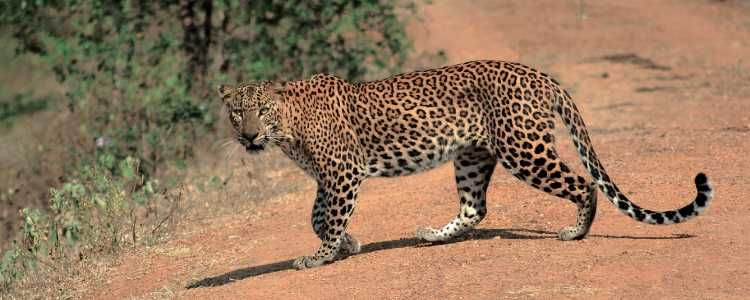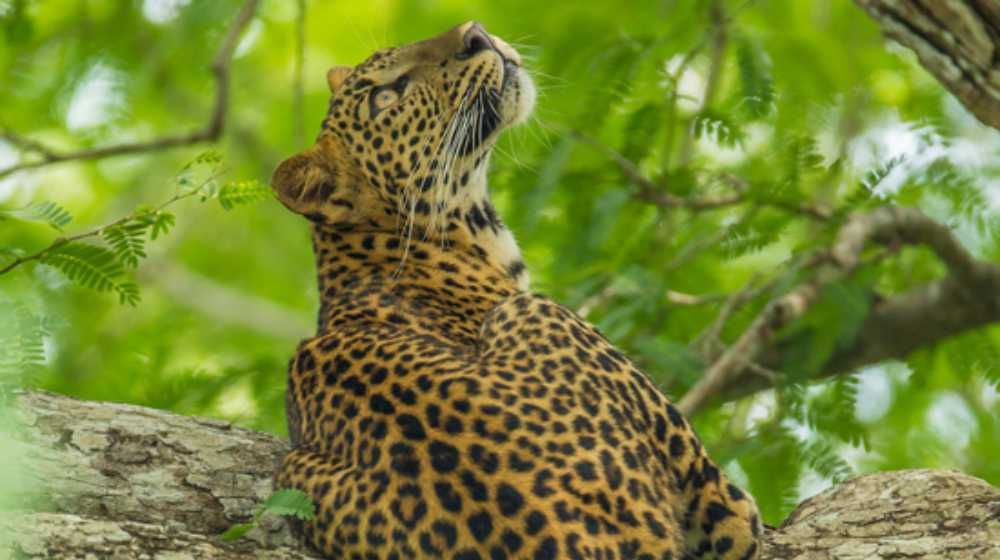
Sri Lanka Big Five
Sri Lanka can be considered as the ‘Best for Big Game Safaris’ outside Africa. Indeed, it is difficult to imagine that the tiny island is the next best to the gigantic African continent, but it is highly justifiable. Sri Lanka is the best for leopards and blue whales, and has the largest, predictably occurring seasonal concentration of wild elephants anywhere in the world – The Gathering of Elephants’ at Minneriya (and Kaudulla National Park). The country is also the best place in the world for seeing and photographing the Sloth Bear, the largest tropical bear, and is in the top ten for seeing Sperm Whales. These five animals comprise the Sri Lankan Big Five, strengthening the country’s position as a Big Game Safari destination in a similar vein to Africa.
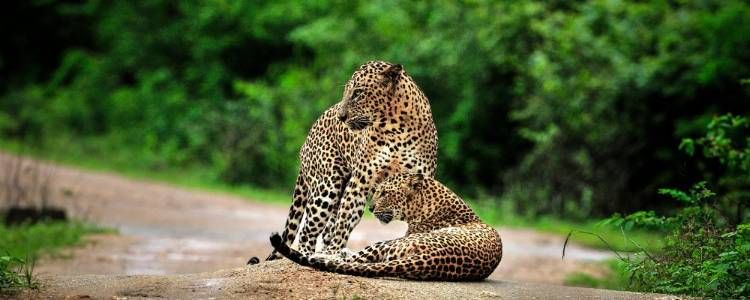
Rather than being a match to Africa as Big Game Safari destination, Sri Lanka is its closest counterpart. Africa has an unrivalled concentration of big game, all in the field of view at one time. Looking outside of Africa, the next best continent or country for seeing big, charismatic mammals, which inspire awe, are desirable and can be seen with a fair degree of likelihood (criteria for an animal to qualify as being branded for a ‘Big List’), in Asia, India and Sri Lanka are promising destinations. Another criteria is that the animal must be capable of inspiring awe and fear because it does kill or can kill people. Indeed, India houses the largest land mammal of Asia, the tiger, and the Asiatic lion and rhino, animals that meet the said criteria. Nonetheless, Sri Lanka compensates with two astounding animals, the Blue Whale, the largest animal to have ever lived in the planet and the Sperm Whale, the largest toothed whale. Not to forget, the elephants, leopards and sloth bears that are difficult to see in India. When comparing the distances which need to be travelled and the time required, along with the likelihood and cost of seeing and photographing four or five charismatic mammals on a two week safari, Sri Lanka is the better destination. Mammals are relatively easier to see in the numerous national parks of Sri Lanka, thereby satisfying the expectations of most visitors when it comes to safaris.
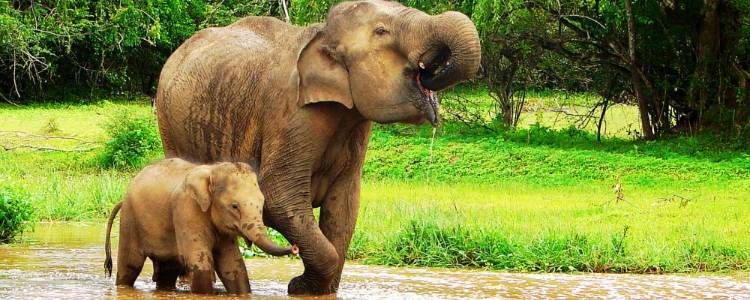
Yala National Park is the best place to spot leopards in the wild, while boasting the highest density of these elusive creatures anywhere on the planet. Discernible by their impressive black-spotted coats, leopards are the smallest of all the big cats, but the most widespread of all wild cats. Extremely stealthy and versatile, they are remarkable hunters, stalking its prey to within metres, before giving chase using its powerful back legs and reaching speeds of up to 60km per hour. Gal Oya National Park is the favored place to spot elephants; a boat safari through the reservoir offers the possibility of seeing them out for a swim. A subspecies of the Asian elephant, the Sri Lankan elephants are not as large as those in Africa and have significantly smaller ears too. Classified as an endangered species, they can be spotted in fairly large groups in the wilds of Sri Lanka.
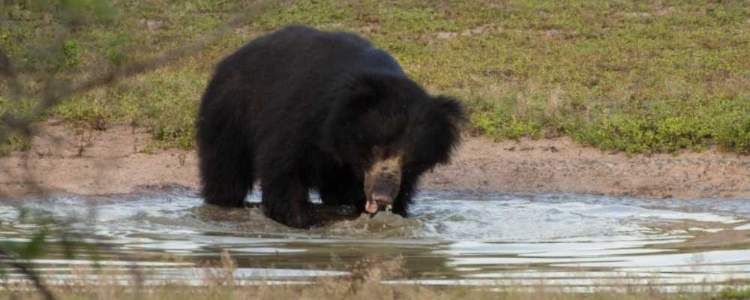
Along with the leopards, Yala National Park is also the best place to observe the sloth bear, preferably on a late afternoon jeep safari, when these nocturnal creatures come out of their daylight retreats in the to feed, mostly on insects, by using their claws to rip open termite mounds and sucking them through a gap in their front teeth. A small bear covered in a long, dark, shaggy coat, they have a particular cream ‘U’ shape on their chest and inward turned feet, making them distinguishable from other bears.
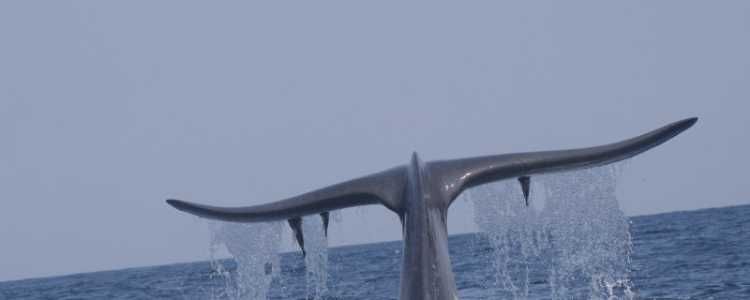
From December to April, large groups of whales can be spotted off Sri Lanka’s south coast at Mirissa, as they make their annual migration from the Bay of Bengal to the Arabian Sea; sperm whales are often spotted at Dondra Head in the southern coast of the island as it offers plenty of food.
